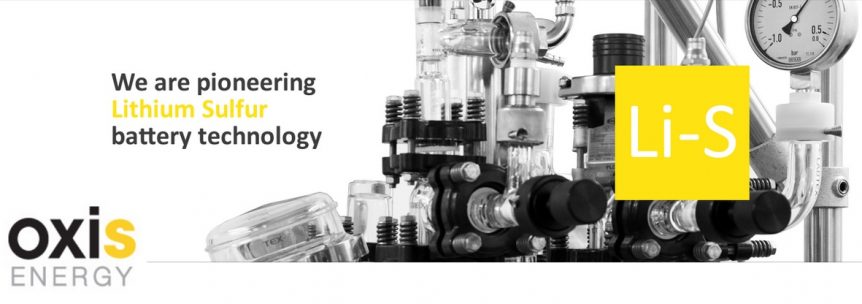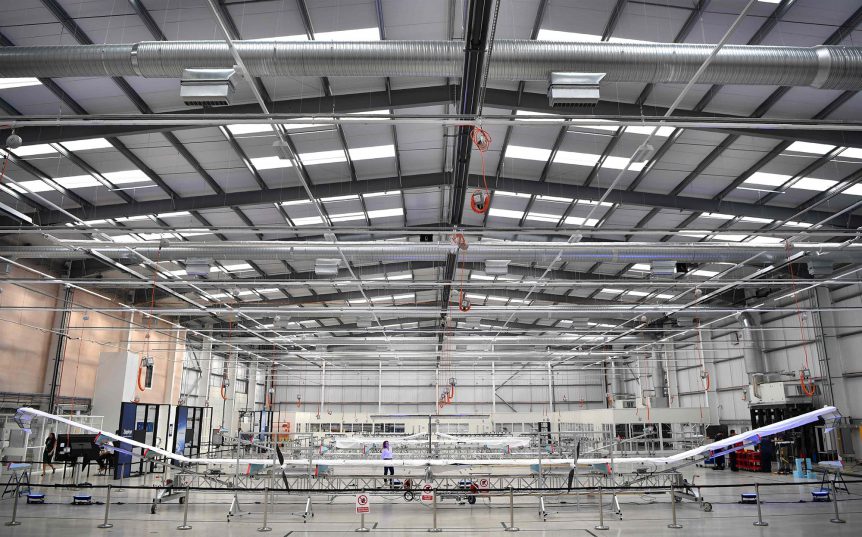That near-mythical 10X (of current lithium cells’ energy density) battery hangs out there on the distant horizon, promising automobiles that can exceed 1,000 miles range, or light aircraft that can carry four at Cessna-like distances. Right now, we have two-place trainers good for an hour’s laps around the circuit, and the hope for improvements soon. OXIS Energy, a UK-based company, has achieved 425 Watt-hours per kilogram at the cell level, and looks to go higher in the near future. Lithium-Sulfur – A Worthy Alternative? Promoters of lithium-sulfur batteries suggest their products have several desirable characteristics and performance boosts that may transcend the limits of lithium-ion cells. Sion Power, for instance, claims availability of their Licerion battery with an even better 500 Watt-hours per kilogram and 1,000 Watt-hours per liter. On the same track, OXIS Energy has announced they have a demonstrated 425 Wh/kg cell, expected to rise to 450 Wh/kg by the end of the year and to 500 by …
Zephyr Breaks Its Own Record – Again
The Royal Aeronautical Society, official record keeper for such things, announced in an August 8 press release, “Taking off from Arizona, US on 11 July, Airbus Defense’s solar-powered UAV (unpiloted aerial vehicle), the British-built Zephyr S, has smashed the existing endurance record for unrefueled, unmanned flight by staying aloft for 25 days, 23 hours and 57 minutes. This, the maiden flight of the production Zephyr S HAPS (high altitude pseudo satellite) for the UK MoD (United Kingdom Ministry of Defense), once verified, almost doubles the existing endurance flight record of 14 days, 22 minutes for UAVs, set by a previous Zephyr prototype in 2010. The solar-powered Zephyr UAV, which weighs less than 75 [kilograms – 165 pounds], flies at 70,000ft, above air traffic and weather, to provide a new class of platform for persistent surveillance, observation, communications relay or connectivity for military or commercial customers. Airbus said that the maiden flight saw test objectives met with further flights planned in …


